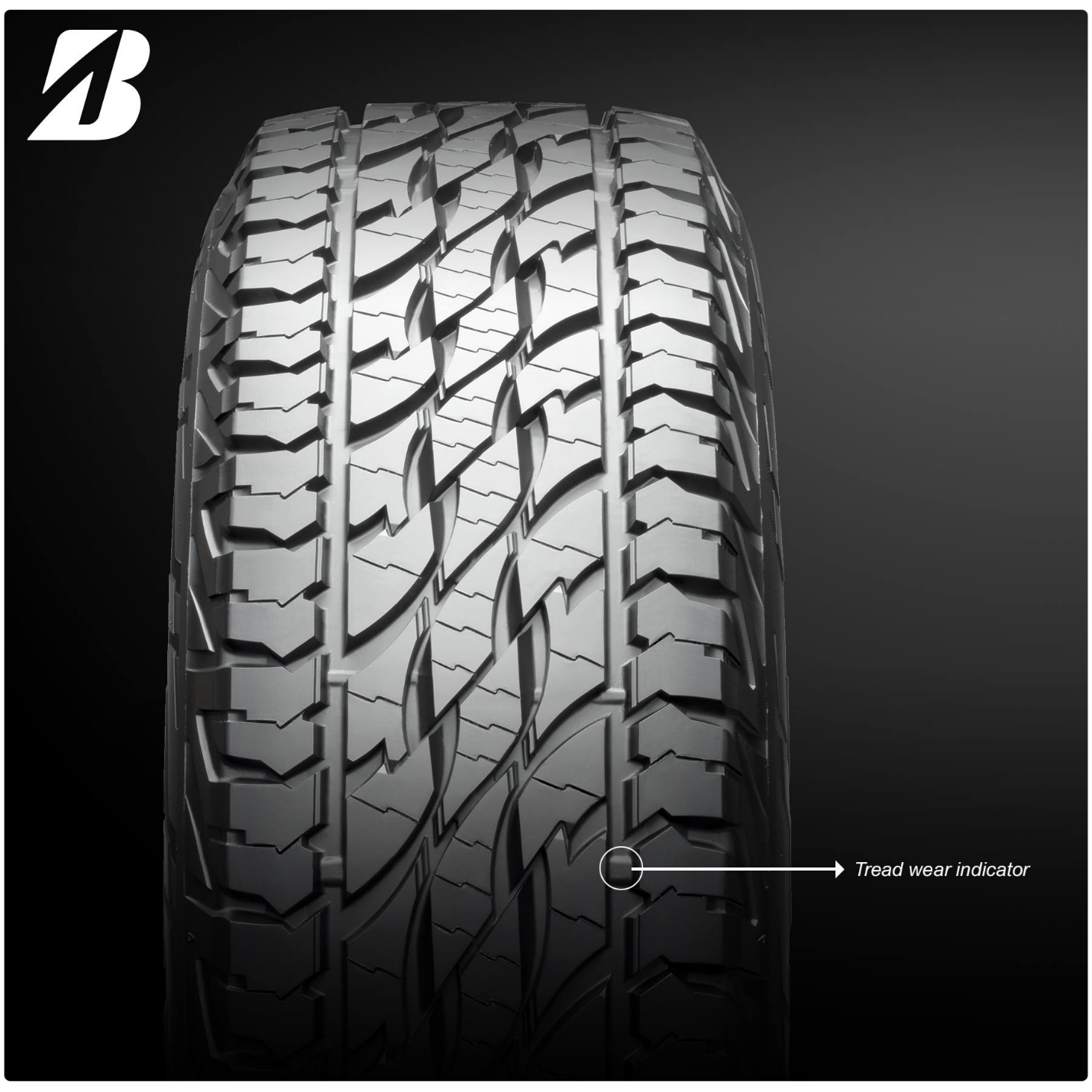The Impact of Treadwear on Vehicle Performance and Safety

As you drive, it’s normal for your tyre tread to gradually become shallower and for the tyre performance to change. This means that treadwear on the tyres can significantly impact your vehicle's handling and overall safety. That’s why it’s important for every driver to understand how treadwear affects your vehicle, and why keeping an eye on your tyre condition is an essential part of car maintenance.
What is Treadwear?
Treadwear refers to the gradual loss of tread depth on a tyre as it’s used over time. New tyres start with 7mm – 9mm tread depths, but friction with the road wears them down. It’s crucial to maintain the legal minimum tread depth of 1.6mm to ensure the lifespan of your tyres. Factors like aggressive driving, poor road conditions, and tyre quality can speed up treadwear, and issues like improper inflation pressure and out-of-spec tyre alignment can make it worse.
How Treadwear Impacts Vehicle Performance
Reduced Traction
Your tyres’ tread patterns are engineered to keep a firm grip on the road, playing a critical role in safe driving. As the tread wears down, these patterns become shallower, making it harder for your tyres to grip the road, especially in wet or slippery conditions. This can affect your acceleration, braking, and overall handling.
Lower Fuel Efficiency
Worn tread can increase rolling resistance, which means your engine must work harder to keep your car moving. This leads to higher fuel consumption and more frequent stops at the petrol station.
Decreased Steering Response
As tread depth decreases, steering becomes less responsive. This makes it more challenging to control your vehicle, particularly during sharp turns or in emergency situations.
How Treadwear Impacts Vehicle Safety
Braking Distance
Tyres with less grip forces the vehicle to cover more ground before stopping as the reduced tread lowers the friction required to slow down effectively. This can be critical in emergency braking situations. For example, a tyre with significant treadwear might increase your stopping distance by several car lengths, potentially leading to accidents.
Hydroplaning
When the tread wears down, your tyres are less effective at channelling water away from the road. This can lead to hydroplaning, where a layer of water forms between your tyres and the road, reducing traction and control which makes driving dangerous especially at high speeds or during heavy rain.
Blowouts
Severely worn tyres are more susceptible to blowouts, where sudden air loss can lead to a loss of control. Thinner tread also increases the risk of punctures as sharp objects can penetrate more easily. That’s why regular tyre checks are crucial to avoid these risks and to stay safe on the road.
How to Monitor and Maintain Your Tyres
Check your tyre pressure monthly to ensure they're inflated to the car manufacturer’s recommended PSI. If your car has a tyre pressure monitoring system, pay close attention to any warnings. Inspect the tread depth regularly with a tread depth gauge or drive to a tyre shop for a professional opinion if you're unsure. If the tread is too shallow, it’s unsafe to drive and you should replace your tyres immediately to prevent accidents. Next, examine tyres for cracks, cuts, bulges, or embedded objects, and remove any debris carefully. Finally, look for uneven tyre wear patterns and listen for any unusual vibrations or noises while driving.
While you’re responsible for your own safety, you also owe it to others on the road. Driving on worn tyres puts not only you but everyone else on the road in danger. By any potential tyre problem promptly helps maintain your car’s safety, prolongs tyre life, and ensures optimal vehicle performance. Don’t wait until it’s too late—check your tyres today!
For a complete range of high-quality tyres, explore the Bridgestone tyre catalogue and find the perfect fit for your vehicle.